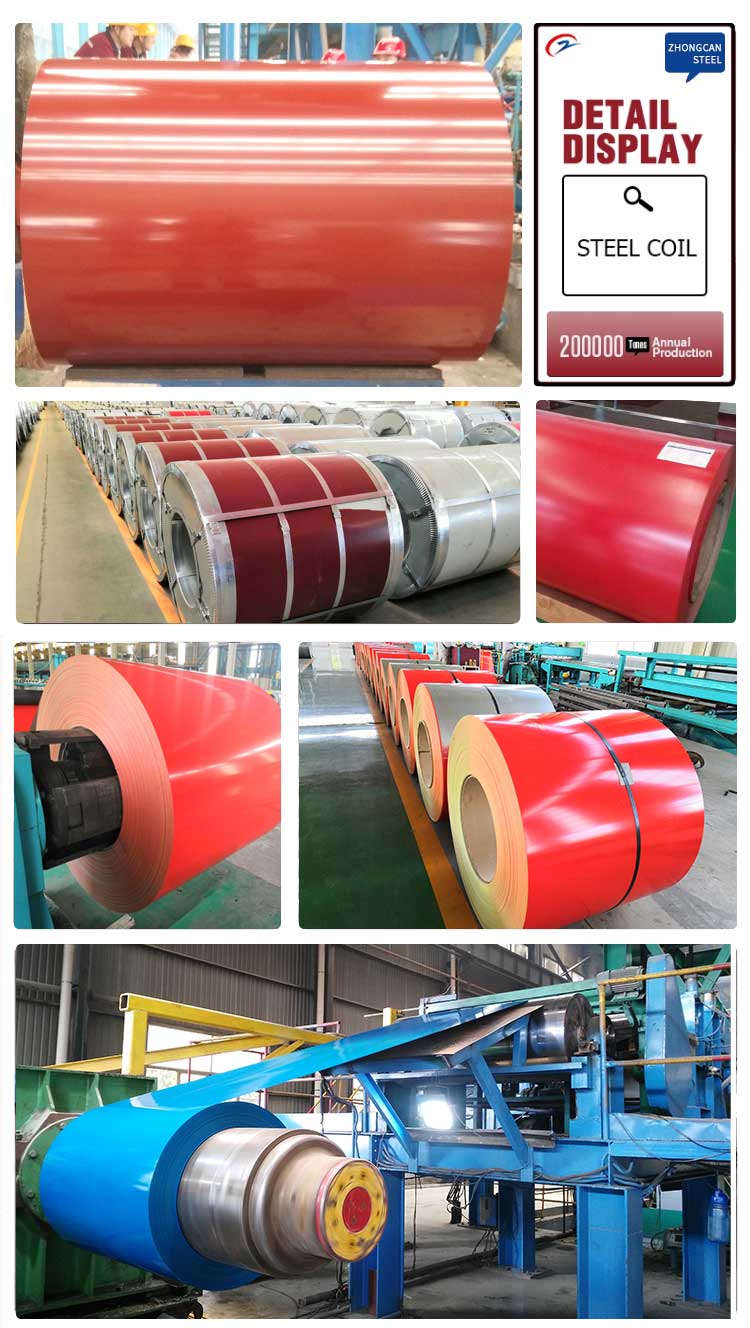版权所有 © 2018 山东中灿 ICP备案号:鲁ICP备16001552号-1 网站建设:中企动力 济南二分
ABOUT US
Tel: 0086-538-6315517
Fax: 0086-538-6315510
Phone:0086-15588577955
Adress:Hi-Tech Development Zone,
Feicheng,Taian,Shandong ,China.
E-mail:ella@zhongcansteel.com
PRODUCTS
websites
0086-538-6315517
Service Hotline
Knowledge of galvanizing on the surface of galvanized steel coil
1. Low treatment cost: the cost of hot-dip galvanizing is lower than other coatings;
2. Durability: in suburban environment, the standard hot-dip galvanizing antirust thickness can be maintained for more than 50 years without maintenance. In urban or offshore areas, the standard hot-dip galvanizing antirust coating can be maintained for 20 years without maintenance.
3. Good reliability: the galvanized layer and steel metallurgy are combined to become a part of the steel surface, and the durability of the coating is relatively reliable.
4. Coating toughness: the galvanized layer forms a special metallurgical structure, which can withstand the mechanical damage during transportation and use.
5. Comprehensive protection: each part of the plated part can be galvanized, and can be fully protected even in the depression, sharp corner and concealed place;
6. Time and labor saving: the galvanizing process is faster than other coating construction methods, which can avoid the time required for coating on the construction site after installation.
7. Low initial cost: Generally speaking, the cost of hot-dip galvanizing is lower than that of applying other protective coatings. The reason is simple. Other protective coatings (such as sanding paint) are labor-intensive processes, while the hot-dip galvanizing process is highly mechanized, and the construction in the factory is strictly controlled.
8. Simple and convenient inspection: the hot-dip galvanized layer can be visually inspected with a simple non-destructive coating thickness gauge.
9. Reliability: the specification of hot-dip galvanizing is generally in accordance with BS EN 1461, and the minimum zinc layer thickness is limited. Therefore, the antirust period and performance are reliable and predictable.






